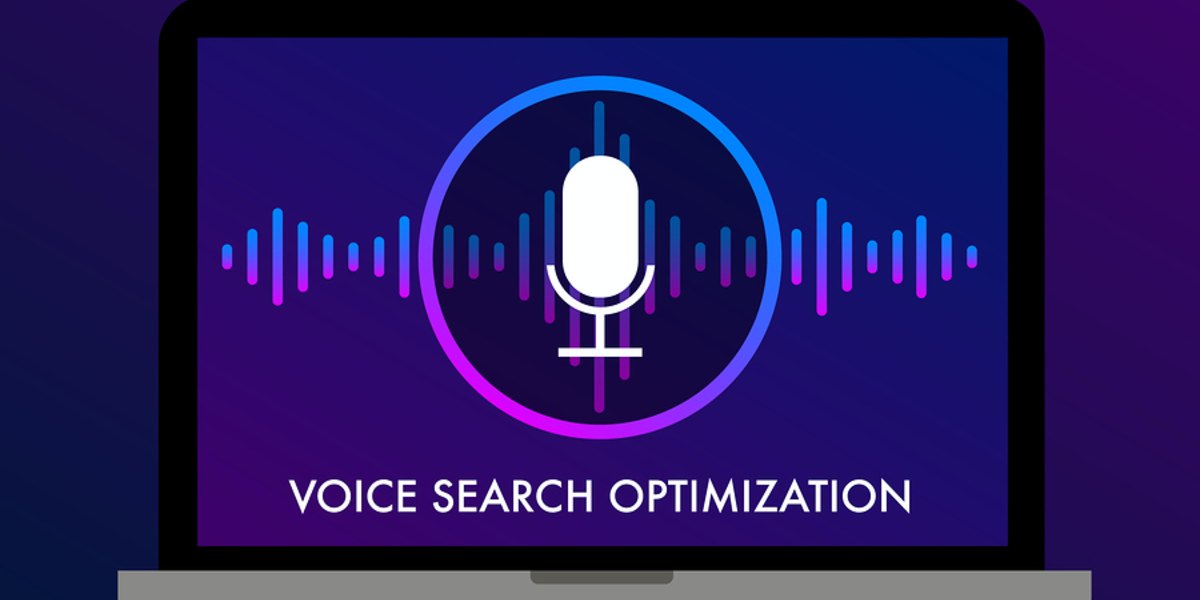
Voice search isn’t just here to stay; it’s on the rise. Consumers are attached to their smartphones and have become more and more enamored with their smart home devices such as Google Home and Amazon’s Echo.
Just as the use of these devices is taking off among consumers, there is a growing need for businesses to take a closer look at how their digital marketing strategies account for voice search. Let's look at seven ways that voice search is affecting your inbound marketing strategy and some tips to address this emerging technology.
Ways Voice Search Impacts Your Inbound Marketing Strategy
1. Voice Search Is Becoming More Prevalent
A UK research firm named Juniper estimates that consumers' use of voice assistants is going to triple over the next several years, with as many as 8 billion devices in use by 2023. While a majority will be used from smartphones, those freestanding devices are becoming more prevalent.
Not only do consumers have Amazon’s Echos throughout their home, but they can now get one for their car as well. Other fast-growing segments of this market include smart TVs and wearables. The idea is that people can search the web and make purchases—or purchasing decisions—using only the sound of their voice.
2. Voice Search Is Different from Regular Search
Voice search affects your inbound marketing strategy because the way that people interact with search queries is different when they are performed vocally. In general, voice queries tend to be a bit longer than text-based searches.
Further, voice searches are often posed in the form of questions (such as “what is the best auto mechanic near me?”). These will all have an impact on your SEO strategy.
You can optimize for voice search by targeting some longer keyword phrases in your content. Also, including a few questions within your content can help make it more discoverable by these devices.
3. Improve the Customer Experience with a Voice Strategy
Voice search optimization is about more than just being found by digital assistance devices. It's also about creating the best experience possible for your customers, one that will give them what they need and foster brand loyalty.
Both Google Assistant and Alexa can differentiate between different voices, so they have the ability to deliver valuable insights about users that can lead to more personalized content.
Interactions through voice search are much faster than text-based searches, which provides additional convenience and another source of satisfaction for busy consumers.
One brand that is successfully using voice technology to improve the customer experience is Whirlpool. The company has partnered with Amazon to create a line of voice-activated and intelligent appliances that can speak to customers, answer their questions, and give guidance on a host of issues.

4. Outshine the Competition with a Voice Strategy
The first part of your inbound marketing strategy is to attract customers. If you haven’t adapted your online presence to voice search, your target audience either won't be able to find you or they’ll end up with your competition instead.
If any of your competitors have a strong voice strategy and you have yet to give this much attention, there's a strong chance that they'll be found more often through voice search. The good news is that voice technology is still relatively new, and brands that make adjustments now often have a head-start over their competitors.
5. Voice Search Prioritizes Featured Snippets
Voice search results are different than text-based ones. When a consumer types a query into a desktop or mobile device, they can scroll through the first page of search results and choose whatever is most appealing.
When you ask a voice assistant a question, it's generally going to give you a single response. Depending on the question you ask, many of those responses will come from a featured snippet, which is a special box at the top of Google’s organic search results. You can optimize your content for featured snippets and voice search by:
- Creating content that answers specific questions
- Organizing your content in a question and answer format
- Ensuring that you are creating high-quality content
6. Voice Search Will Grow the Mobile Market
A majority of voice search is done on smartphones, meaning this technology goes hand-in-hand with the mobile market. Whether a consumer is driving, cooking, or making a purchasing decision for work, voice search has begun to dominate mobile device use.
Brands will need to ensure that their content and websites are mobile-friendly. Key considerations for this include:
- Improve the loading speed of your website’s pages
- Format pop-ups for mobile devices
- Make information easy to find on mobile
- Use larger text and incorporate vertical content
- Resize CTAs and other buttons for mobile
7. Voice Search Strongly Emphasizes Local SEO
People who use voice search are largely looking for local products and services. Searches for anything and everything “near me” have soared over the past several years, and 58 percent of voice searches are about finding information for local businesses.
If you want to help raise awareness about your business and boost engagement, paying attention to local SEO is a must. Some of the ways you can do this include:
- Incorporate more local keywords in your content.
- Optimize your Google My Business profile.
- Use location pages on your website.
- Encourage customers to leave online reviews about your business.
Is Your Inbound Marketing Strategy Ready for Voice Search?
From local SEO to search intent, there’s plenty to manage when it comes to optimizing your website for voice search. There are also some significant opportunities for growth.
If you haven’t invested in an inbound and digital marketing strategy yet, it’s time to start. Contact us now to learn more about Connection Model’s results-driven solutions to help your company grow its business and achieve its goals.
Written By: David Carpenter


